20+ Sample Payroll Statements
-
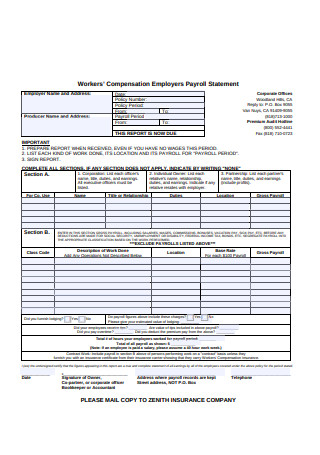
Employer Payroll Statement
download now -
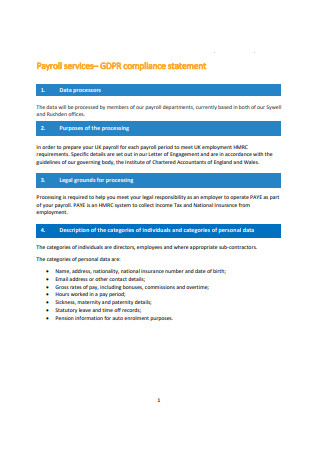
Payroll Statement
download now -
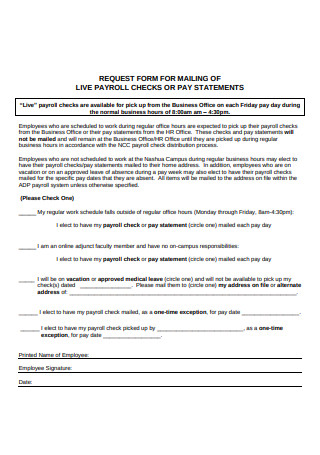
Sample Payroll Statement
download now -
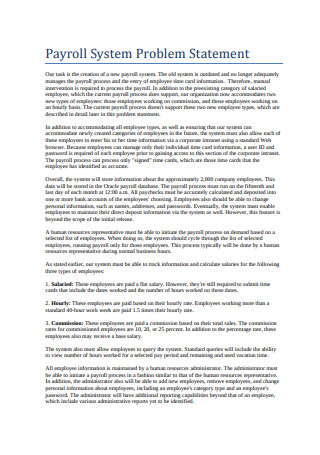
Payroll System Problem Statement
download now -

Payroll Distribution in Account Statement
download now -
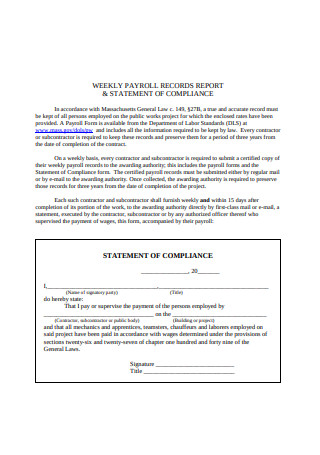
Payroll Statement of Compliance
download now -
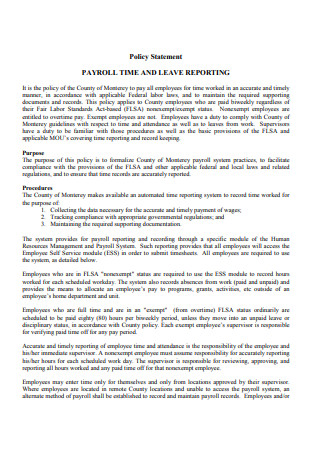
Payroll Policy Statement
download now -
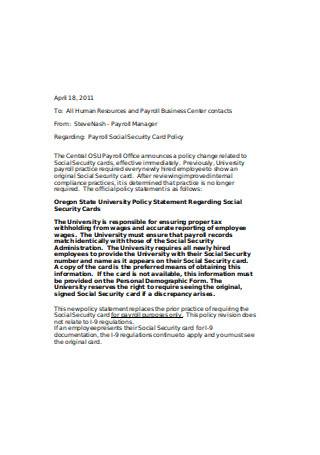
Payroll Policy Statement Sample
download now -
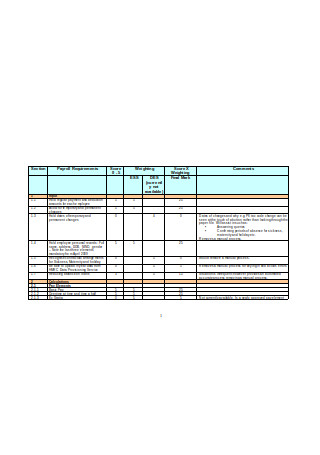
Payroll Statement Example
download now -
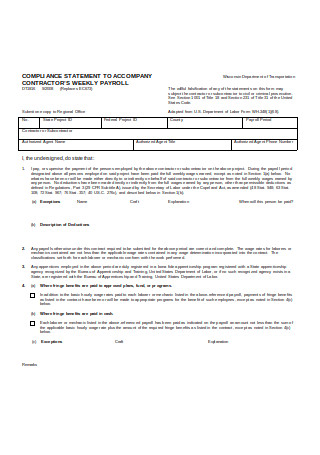
Payroll Statement of Compliance Example
download now -
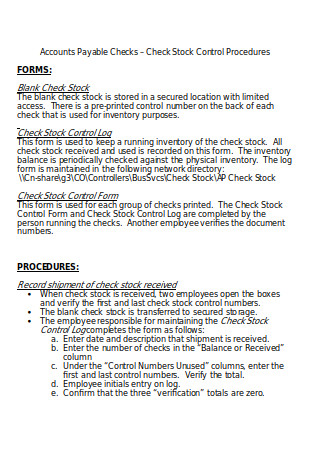
Sample Payroll Statement Format
download now -
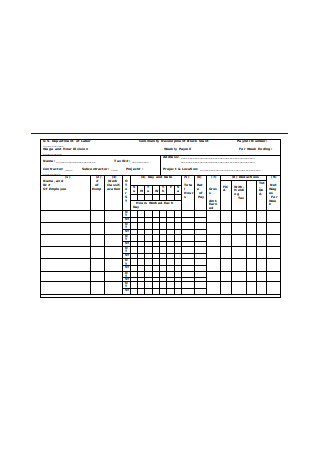
Weekly Payroll Statement
download now -
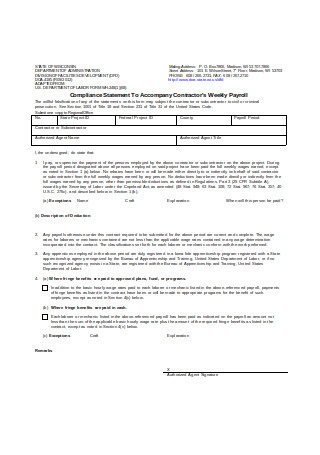
Weekly Payroll Statement of Compliance
download now -
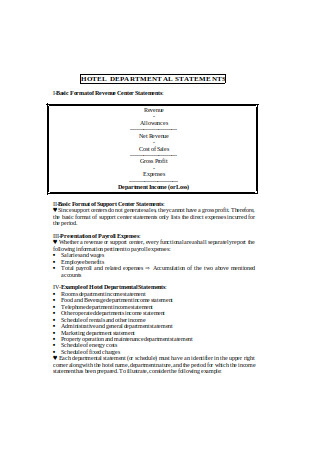
Payroll Statement Format
download now -
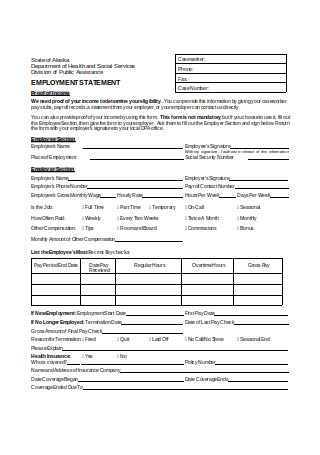
Employment Payroll Statement
download now -
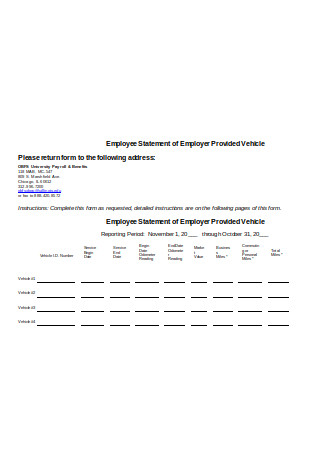
Employee Payroll Statement Sample
download now -
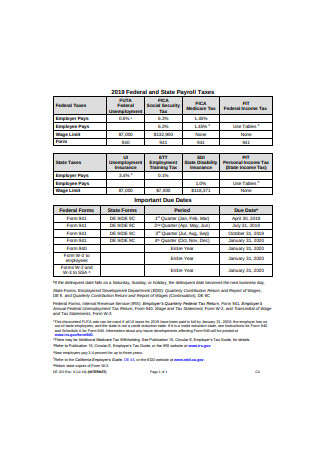
Payroll Taxes Statement Format
download now -
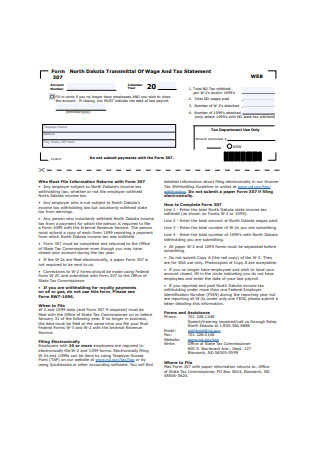
Sample Payroll Tax Statement
download now -
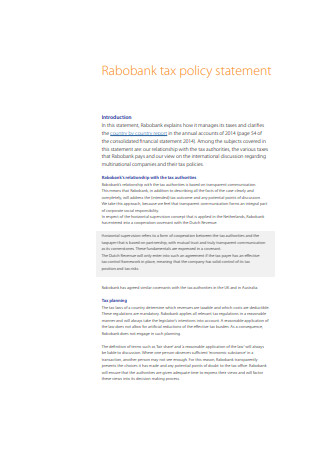
Payroll Policy Statement Format
download now -
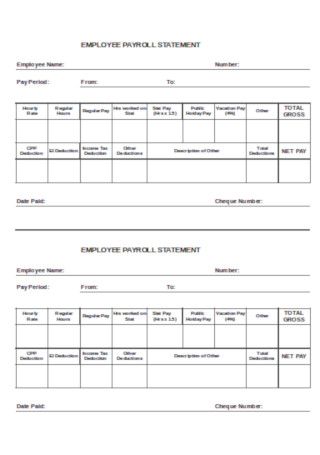
Employee Payroll Statement
download now
FREE Payroll Statement s to Download
20+ Sample Payroll Statements
What is a Payroll Statement?
Types of Information that Goes on a Payroll Statement
Other Uses of Payroll Statements
Common Payroll Issues for Small Businesses
FAQs
What is the Fair Labor Standards Act?
Should pay stubs be provided to the employees?
What information should be included in a pay stub or check?
How can payroll errors be prevented?
What is a Payroll Statement?
A payroll statement is a written statement that details all earnings, salaries, wages, and benefits due to the employee. Typically, it is issued on a bi-weekly basis but it can be done weekly, monthly, quarterly, and even annually. For businesses or companies with human resource department, it’s the HR staff that’s responsible for the calculation and computation of salary and wages by checking the employee’s working hours, government-mandated taxes both at the state and federal level, as well as their pay rate and other relevant earnings and deductions.
In other words, payroll statements are the payslips and pay stubs that employers provide their employees in a given period or salary schedule. This written statement documents details of the employees’ wages they earned on a particular pay period and ensures that the employer is compliant with the state law and ensures a hassle-free payout. This means that both the employee and the employer can have legal documentation that they can use to ensure compliance with the Fair Labor Standards Act (FLSA).
Types of Information that Goes on a Payroll Statement
While federal laws do not require the employer to issue an employee pay statement, most states require them to provide employees with a pay stub that outlines their payment details in a given pay period. And even when the small business is located within a state that does not mandate the issuance of paychecks, the FLSA requires them to keep track of employees’ work hours. So, it’s really important to keep a payroll template. If you have a regular payroll checklist you should see that it often contains the following information that should look out for when you receive your employee earnings check.
Other Uses of Payroll Statements
The most important purpose of a payroll statement is to have documentation for the salary paid due to the employee and compliance to FLSA. However, there are other several uses of payroll statements which include the following:
Automated Income Details
Having a payroll statement allows employers to save time and effort. Instead of individually explaining to employees how their net income is calculated, they don’t have to. The payroll statement template will automatically indicate all of their income details.
Proof of Income Requirements
Various government agencies require income sheets or statements as proof of income to determine their income tax returns and qualifications for government benefits and social services. This is why businesses have mandated payroll registries to enroll their employees. Some private entities like banks, real estate, and car dealerships also require you to submit proof of income when applying for a new account or availing of their products and services.
Financial Tracking and Budgeting
Payroll statements are the ever-reliable way to keep track of your income details: how much salary you earned, the taxes you paid, bonuses that you received, insurance premiums paid, and overtime and vacation pay. For others, it can also be used as a supporting document during salary negotiations.
Loan Application Requirements
Whenever your strap for cash and need additional finances for a big-ticket purchase like a car and house, business capital, or emergency purpose, a loan application will most likely be approved if you have a paycheck to show for. Lenders would need to see the borrower’s paycheck the same way a landlord would require a tenant to show their pay stubs to validate their ability to pay.
Financial Aid and Social Services Application
With a paycheck stub as proof, parents can start filling out application forms for financial aid for their child’s college tuition. Their current paycheck will help determine how much financial aid their child will get and other social services that they will qualify for.
How to Write an Employee Payroll
The cost of non-compliance of keeping a payroll statement varies per state but it cost twice more than complying with the requirements. To avoid significant and negative financial and reputational impact, companies should make sure to be compliant with relevant regulations, including the FLSA requirements.
But more than compliance, having a payroll statement is actually the best way to manage payroll and your business’ finances. Figuring out how to create a payroll statement is may take you some time but it’s worth it. Here’s how you can create your own business’ payroll statement:
Step 1: Review Payroll Statement Template
The first step that you need to do is to review your current template and check it against your business needs. Evaluate the information required in the payroll statement if it’s applicable to your current business information. This will help you identify which information do you need to change, edit, or revise. It would also help to check for the following information:
- Total number of employees that you have
- Benefits, deductions, and payments that you need to withhold from the employee paychecks
- Missing elements in the payroll statement example that you need to add
- Optional information that can be removed from the template
Step 2: Enter Employee Payroll Information Requirements
Once you’re satisfied with your payroll statement template, you may now proceed with setting up the employee data. You would need to include all basic employee information as required by the FLSA. Note that the employee roster may change as there may be new hires who recently joined the team, who got promoted, and some may have resigned and already left the company.
Step 3: Set up Employer Payroll Tax Information
Aside from tracking the employees’ withholding taxes, the company is also responsible for paying its share of payroll taxes. This part of the payroll statement template should be checked regularly—at least once a month to ensure that tax calculations are correct and the amount due to each employee and the company is accurate.
Step 4: Enter Data for Hours Worked and Other Income Details
After setting up employee and employer income and tax details, the spreadsheet is now ready for use to calculate employee salary and wages. Make sure to include the pay period to get accurate calculations of the payments. Input actual worked hours, overtime hours rendered, paid time off (PTO) filed, and other income details and earnings applicable within the pay period.
Double-check the data being entered to ensure that you have input the right working hours to the right correct corresponding employee.
Step 5: Review Automated Payroll Calculations
After you have completed your payroll setup, entered employee data and work hours, all payroll calculations should automatically populate in their assigned fields. It is always a good idea to review these calculations before releasing the employee salaries.
The accuracy of your payroll statement also reflects the accuracy of the payroll information so if there are any incorrect data, you can subject yourself to penalties. Remember, it only takes two erroneous paychecks for the employees to look for another place of employment. Some of the items you need to review are:
- Pay period
- Worked hours—regular hours, overtime hours, and PTO
- Gross pay
- Federal and state taxes
- Income tax withholdings
- Benefits and other deductions
- Net Pay
Step 6: Release Employee Compensation
After reviewing payroll taxes, deductions, and computations of employees’ salary, and ensuring the accuracy of the information in your payroll statement, it’s time to pay your employees for their job done for the pay period through direct deposits or other arrangements. Their paychecks must reflect the payout they received and these may be sent online or printed out for distribution.
Common Payroll Issues for Small Businesses
Small businesses often overlook the nuances associated with the payroll process. It’s integral to business operations that even the slightest mistakes can make a huge impact with negative effects on the overall business. Here are some of the issues that are often overlooked but can be prevented with foresight:
Underestimating payroll costs
Payroll costs vary in every organization and company but in some industries, it can account for up to 60% of the business operating costs. Employee contributions like taxes, insurance, and benefits, and other fees, among others, add about 15% to 25% to the total wage bill. To avoid big operational costs like this, make sure that you have an accurate picture of what the financial landscape looks like in the industry and your business’s overall financial health considering the payroll costs and other expenses.
Overlooking tax liabilities
With so many things going on in the payroll process, tax liabilities are overlooked. Make sure that you have in your team a dedicated payroll expert who is responsible for paying taxes on time and stay up to date with your business’ tax liabilities on all levels. Keep in mind that non-compliance actually costs twice as much as compliance.
Failure in recordkeeping
There is no excuse for forgetting to keep financial records, and frankly, it’s illegal. All businesses are required by law to create paper trails of all their finances as mandated by the IRS and the Department of Labor. So do your due diligence and keep records of data of your business as required by different government agencies.
Not updating employee data
It is very important to always, always update the employee, payroll, and tax data of your business. This information should be updated and maintained accordingly and regularly. As simple as a change of address can have big implications when it comes to tax calculations. A software solution integrated with your payroll can help automatically update data records at all times.
FAQs
What is the Fair Labor Standards Act?
The Fair Labor Standards Act or the FLSA is a federal law that establishes the minimum wage entitled to the employee or their hourly rate, the eligibility criteria for overtime pay, recordkeeping, and child labor standards whether full-time or part-time employment in either private or public sectors.
Should pay stubs be provided to the employees?
As the employer, having a pay stub is useful during taxation and as a documentation of earnings and deductions due to the employee, it may serve as a piece of evidence in resolving any issues and discrepancies regarding employee pay. For the part of the employee, it serves as a record of their salary and helps them understand taxes, contributions, and deductions, as well as give them peace of mind that they were paid the correct amount due to them.
What information should be included in a pay stub or check?
Pay stubs typically include the following information:
- Employee information
- Employer information
- Pay period
- Employee pay rate
- Gross earnings, deductions, and net pay
- Taxes withheld and contributions and other insurance premiums
How can payroll errors be prevented?
A precise and accurate payroll is critical for business. It’s a time-sensitive task and as much as possible it should be error-free the first time. To ensure its accuracy, always double-check your work and put in place verification steps for automated payroll. If it’s done manually, hire staff that has payroll expertise or consider outsourcing the payroll process to full-service payroll consultancy firms.
Whether you’re manually doing payroll or availed of payroll software, it’s always a good idea to comply and have a payroll statement for your business. Aside from paying employees correctly and on time, it helps you keep track of your business’s tax liabilities and maintain electronic payroll records. A payroll statement also provides the employee their income details—earnings, deductions, contributions, and additional payment for the specified pay period. It may be a meticulous process to go through, but it’s an effective approach in retaining the best talent and prevent attrition if done properly.
